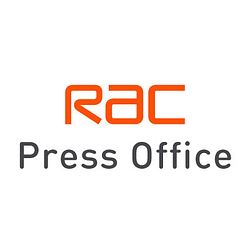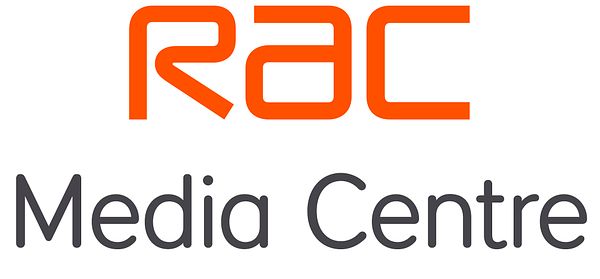
Press release -
Fuel prices reach three-and-a-half-year high and worst still to come
- Petrol and diesel may climb to near record highs if oil rises to $100 a barrel
- Filling up a family car would be £8 a tank more expensive than today
Petrol and diesel pump prices have hit a three-and-half year high, but are expected to increase by another 2p a litre in the next fortnight.
The price hikes have been driven by the rapidly rising cost of oil which yesterday hit $80 a barrel for the first time since mid-November 2014. And even more rises could be on the horizon as one oil chief has speculated that the barrel price could rise to $100 again – a price last seen in August 2014. If this were to happen pump prices could get close to the record levels seen in April 2012 when an average litre of unleaded was 142.48p and diesel was 147.93p.
On Thursday (17 May 2018) the petrol price went up 126.62p a litre while diesel was even higher at 129.41p. The RAC’s two-week price prediction, however, has unleaded increasing to 128.5p and diesel to 131.5p.
Should oil hit $100 a barrel, with the pound staying at its current low level against dollar of $1.35, we could unfortunately see petrol being sold for an average of 141p a litre and diesel for 144p.
This would make it £8 more expensive to fill up a 55-litre family car with petrol or diesel (petrol – £69.64 to £77.55; diesel – £71.18 to £79.20). This is a shocking £22 a tank more expensive for unleaded than in early 2016 and nearly £24 dearer for diesel.
RAC fuel spokesman Simon Williams said: “Fuel prices are now at their highest since mid-October 2014 (16 October 2014) which means we are paying 25p more a litre than we were at the start of 2016 when oil crashed to $26 a barrel and the average price of both fuels was around 101p.
“And, sadly for motorists, and household budgets up and down the UK, the worst may be still yet to come. If the price of oil goes up towards $100 a barrel we will very likely see a return to the dark days of April 2012 when petrol and diesel hit record highs. Even though the oil price was higher then (around $120 a barrel) today’s weaker exchange rate will lead to similar prices at the pumps.
“This will inevitably force families to make some tough choices about how they spend their money. We know from experience people cut back on longer social journeys in order to save money. It is also likely to have a negative effect on consumer spending as putting fuel in the car to get to work takes priority over shopping and eating out.
“The oil price has increased by $30 a barrel since last July as a result of OPEC (the Organisation of the Petroleum Exporting Countries) and Russia limiting production to reduce an oversupplied market. On top of this we now the United States’ decision to re-impose economic sanctions on Iran which is the third biggest oil producer in OPEC. This will tighten supply even further and cause the barrel price to go up even more. The oil glut that made fuel prices so low two to three years ago is fast becoming a distant memory and the bad times of the high pump prices of 2012 may unfortunately be returning.”
Motorists can keep abreast of the latest fuel prices by visiting: rac.co.uk/fuelwatch or following #racfuelwatch on Twitter.





